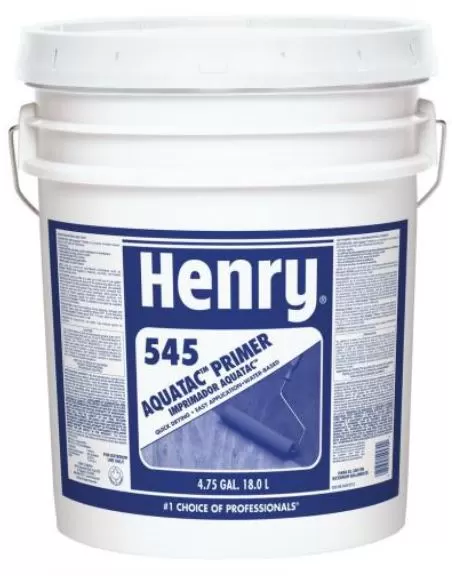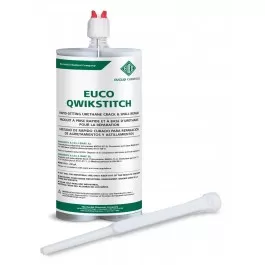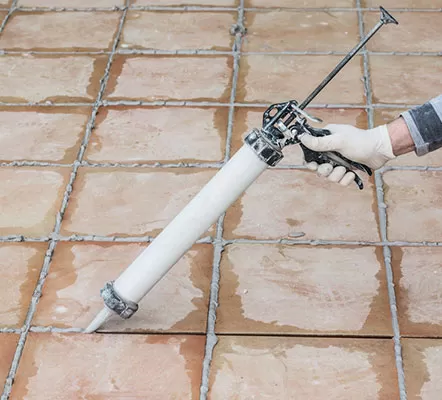Blog
How Sealant Works
How Sealant Works
Sealants are an essential component in many industries, providing an effective solution to protect surfaces, fill gaps, and prevent leaks., we will explore how sealants work, the different types available, and their applications. So, let’s dive into the world of sealants and discover how they contribute to our daily lives.
What is a Sealant?
A sealant is a viscous material that, when applied to a surface or joint, forms a barrier that prevents the passage of air, water, and other substances. It has adhesive properties, allowing it to bond to various materials while maintaining its flexibility, even after curing. Sealants are used in a wide range of industries, from construction and automotive to aerospace and marine applications.
Types of Sealants
There are several types of sealants available, each with their unique properties and applications. Some of the most common sealants include:
Silicone Sealants
Silicone sealants are highly flexible and resistant to temperature changes, making them ideal for both indoor and outdoor applications. They are commonly used in glazing, waterproofing, and sealing joints in buildings.
Polyurethane Sealants
Polyurethane sealants offer excellent adhesion to various surfaces, such as wood, metal, and concrete. They are widely used in construction, automotive, and marine applications due to their durability and resistance to chemicals and abrasion.
Polysulfide Sealants
Polysulfide sealants provide excellent resistance to chemicals and solvents, making them ideal for use in industrial environments. They are commonly used for sealing joints in chemical storage tanks, fuel systems, and wastewater treatment facilities.
Acrylic Sealants
Acrylic sealants are water-based and easy to apply, making them a popular choice for DIY enthusiasts. They are suitable for sealing gaps and joints in interior applications such as doors, windows, and baseboards.
How Do Sealants Work?
Sealants work through two primary mechanisms: adhesion and cohesion.
Adhesion
Adhesion is the ability of a sealant to bond to the surface it is applied to. The sealant forms a strong bond with the substrate, preventing the passage of substances between the sealant and the surface.
Cohesion
Cohesion refers to the internal strength of the sealant itself. A cohesive sealant has enough strength to maintain its integrity and resist deformation, even under pressure or when subjected to external forces.
Sealant Application Techniques
Proper application of sealants is crucial for achieving the desired results. Some common techniques include:
- Cleaning and preparing the surface to ensure proper adhesion
- Using a caulking gun or applicator to dispense the sealant evenly
- Applying masking tape to protect adjacent surfaces from excess sealant
- Tooling the sealant to ensure proper contact with the surface and remove air bubbles
- Allowing the sealant to cure fully before exposing it to any external forces or substances
Common Uses of Sealants
Sealants are used in a variety of industries, with some of the most common applications including:
Construction
Sealants are used in construction to seal joints, gaps, and cracks in buildings, ensuring that they remain watertight and airtight. They also provide thermal insulation and can enhance the building’s overall aesthetic appearance.
Automotive
In the automotive industry, sealants are used to seal engine components, fuel systems, and body panels. They provide protection against leaks, corrosion, and vibrations, contributing to the vehicle’s overall performance and longevity.
Aerospace
Aerospace applications often require sealants with specific properties, such as resistance to extreme temperatures and exposure to chemicals. Sealants are used in aircraft to seal joints, prevent leaks in fuel systems, and protect sensitive electronics from moisture and contaminants.
Marine
Marine sealants must withstand constant exposure to water and salt, making them essential for sealing joints in boats and ships. They are used for waterproofing, corrosion protection, and bonding components in marine applications.
Benefits of Using Sealants
Some key benefits of using sealants include:
- Providing a barrier against the ingress of water, air, and other substances
- Enhancing the durability and lifespan of materials
- Reducing maintenance costs by preventing leaks and corrosion
- Improving energy efficiency through insulation
- Enhancing the aesthetic appearance of surfaces and joints
Selecting the Right Sealant for Your Project
To choose the right sealant for your project, consider the following factors:
- The type of material you need to bond or seal
- The environmental conditions the sealant will be exposed to
- The required performance characteristics, such as flexibility, adhesion, and chemical resistance
- The ease of application and curing time
- The cost and availability of the sealant
Safety Precautions When Using Sealants
When using sealants, it’s essential to take the necessary safety precautions, including:
- Wearing appropriate personal protective equipment, such as gloves and safety goggles
- Ensuring proper ventilation when working with solvent-based sealants
- Following the manufacturer’s instructions for application, curing, and storage
- Keeping sealants away from open flames and heat sources
- Properly disposing of used sealant containers and waste materials
Conclusion
Sealants play a vital role in many industries, providing protection, insulation, and aesthetic enhancements. By understanding how sealants work and selecting the appropriate type for your project, you can ensure the longevity and effectiveness of your applications. Remember to follow safety precautions and consult manufacturers’ guidelines when working with sealants.
FAQs
- How long does it take for a sealant to cure?
The curing time for a sealant can vary depending on the type, environmental conditions, and the manufacturer’s recommendations. It can range from a few hours to several days.
- Can I paint over a sealant?
Some sealants are paintable, while others are not. Always check the manufacturer’s instructions to determine if the sealant you are using can be painted over.
- How often should I reapply sealant?
The frequency of reapplication depends on the type of sealant, the environmental conditions it is exposed to, and the wear of the substrate as well as type of sealant used.




